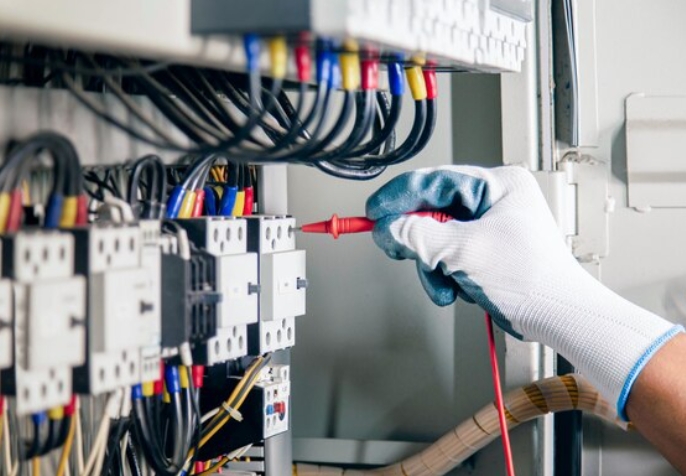Unveiling the Powerhouse: Exploring the Three Fundamental Functions of a Relay
Relays, the unsung heroes of electrical systems, play a crucial role in controlling and protecting circuits. These versatile devices serve as the gateway between low-power control signals and high-power loads, ensuring the smooth operation of various electrical applications. In this blog post, we will delve into the depths of relays, uncovering their three basic functions and shedding light on their significance in modern technology.
- Switching Function:
At its core, a relay acts as an electromechanical switch, capable of controlling the flow of current in a circuit. By utilizing an electromagnetic coil and a set of contacts, relays can open or close the circuit based on the input signal. This switching function enables relays to handle high-power loads that would otherwise be impractical for low-power control systems. From industrial machinery to household appliances, relays serve as the silent guardians, ensuring the safe and efficient operation of electrical devices. - Amplification Function:
Beyond their switching capabilities, relays possess the remarkable ability to amplify signals. This function allows relays to convert weak control signals into powerful output signals, enabling them to control larger loads. By utilizing a small input signal to energize the coil, relays can generate a much stronger output signal, amplifying the control capabilities of the system. This amplification function is particularly valuable in applications where precise control and signal integrity are paramount, such as in automation systems and telecommunications. - Protection Function:
Relays act as the first line of defense in electrical systems, providing crucial protection against overcurrent, overvoltage, and other potentially damaging conditions. Equipped with various protective features, relays can detect abnormal operating conditions and swiftly interrupt the circuit to prevent further damage. By acting as a safety net, relays safeguard sensitive components and prevent catastrophic failures, ensuring the longevity and reliability of electrical systems. From power distribution networks to automotive systems, relays are the unsung heroes that shield our technology from harm.
Conclusion:
Relays, with their three fundamental functions of switching, amplification, and protection, are the backbone of modern electrical systems. Their ability to control high-power loads, amplify signals, and provide protection makes them indispensable in a wide range of applications. From industrial automation to consumer electronics, relays silently work behind the scenes, ensuring the seamless operation of our technology. So, the next time you flip a switch or power up a device, remember the unsung heroes that make it all possible – relays.

Post Comment